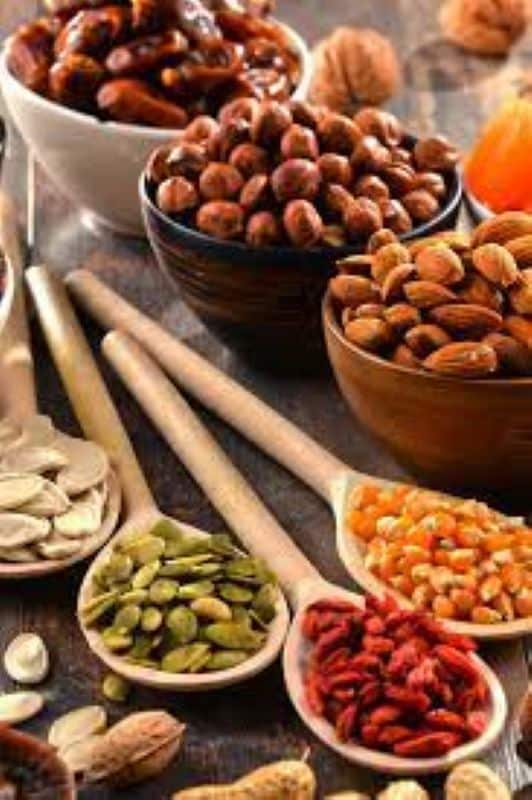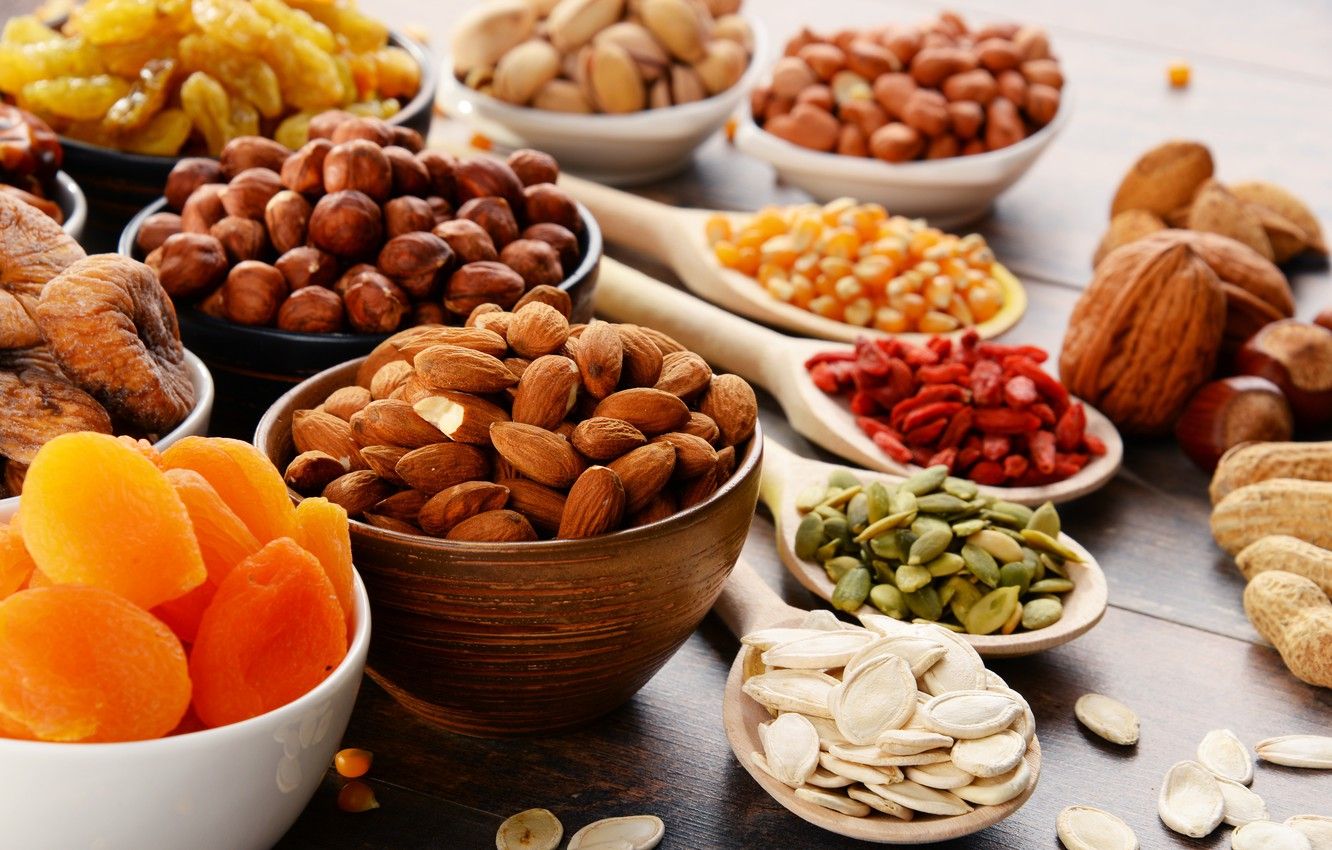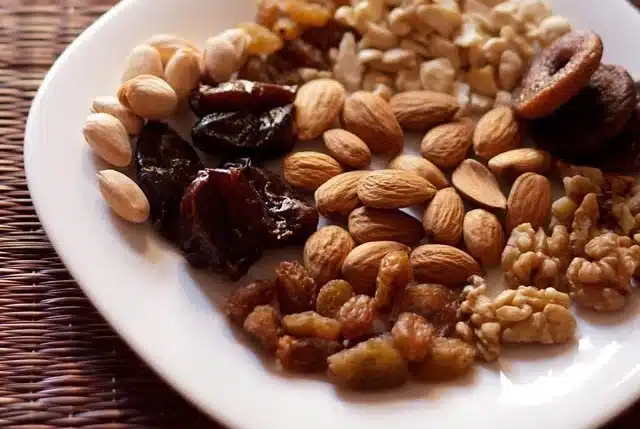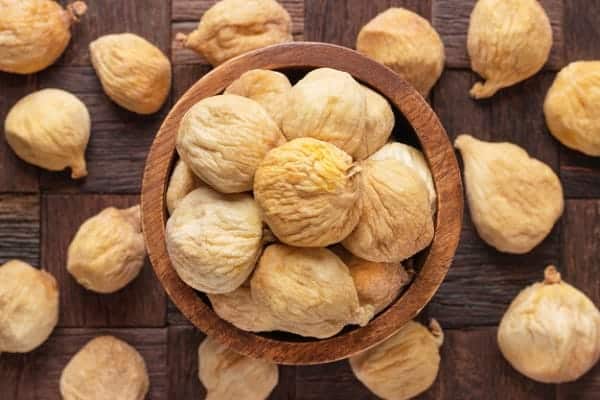Blog
Health benefits of Dried Fruits?

Dried fruit has been a great snack choice for centuries. The earliest evidence of dried fruit dates back to the Neolithic Age, with some archaeologists believing that dried apples were one of the first foods ever cultivated by humans. Nowadays, you can find nearly every kind of fruit available in its dried version—and they’re all delicious! In this article, we’ll explore what exactly makes up dried fruits and how they’re made. We’ll also explain why eating them is good for your health and provide you with some tips on how to choose the best ones for yourself.
What Are Dried Fruits?
Dried fruit is simply a fruit that has been dehydrated. To understand how dried fruits came to be, we need to go back thousands of years. In ancient times, people would dry out their harvest so that they could preserve it for winter months when fresh food was scarce. They would also use dried fruit as an ingredient in recipes and snacks throughout the year.
Today’s dried fruits come in many varieties: raisins (which are made from grapes), prunes (which are plums), apricots and figs–and many more! Dried fruits can sometimes be found with added ingredients like sugar or artificial coloring agents; however these additives shouldn’t be avoided entirely because they still contain lots of vitamins–especially vitamin C which helps boost immunity against colds & flu viruses
. It’s also important to note that dried fruits contain lots of fiber which can help boost your metabolism and aid in digestion.
For a quick and easy snack, try combining dried fruit with nuts and seeds. This combination is great for vegan diets because it provides a good source of protein and healthy fats.
Dried fruits are also a great way to add flavor and texture to your favorite recipes. They can be added as a topping for yogurt parfaits or granola bowls, tossed into salads or sprinkled over oatmeal. When it comes to snacking, dried fruits are easy to pack and portable–so they’re perfect for days when you don’t have time to sit down for a meal!
How to Choose Your Dried Fruit
- Look for dried fruits that are unsulfured, unsweetened and unsalted.
- Choose organic or fair trade products to ensure that the fruit hasn’t been treated with pesticides or fertilizers.
- Opt for low sodium varieties of dried fruits when possible, since most contain at least some salt (preservatives). The same goes for other preservatives such as sulfur dioxide and sulfuric acid.
- Choose high fiber options if you’re watching your weight; they’ll keep you fuller longer without adding a lot of calories to your diet!
If you want to reduce the amount of sugar in your diet, choose dried fruit that’s sweetened with fruit juice rather than added sugars. Look for products without preservatives such as sulfur dioxide or sulfuric acid, which can cause allergic reactions.
Dried fruits are an excellent source of vitamin A, vitamin C and fiber. They’re also a good source of potassium and iron.
Dried fruit can be eaten as a snack or added to recipes such as oatmeal, muffins and granola bars. You can also add dried fruits to trail mix or yogurt parfaits. Many people like eating dried bananas because they’re soft and chewy.
Why Eat Dried Fruits?
Dried fruits are a great source of fiber, antioxidants and vitamins. Dried fruits have more sugar than fresh fruit, but they’re still a better choice than chips or cookies. They’re also easy to digest because they don’t contain any fat or protein (like some other snacks do).
Baked potato chips are a healthier alternative to regular potato chips because they don’t contain trans fats or artificial ingredients. They’re also lower in calories than regular potato chips.
However, baked potato chips are still high in sodium and fat. If you eat them too often, you’ll get more calories from fat than an equal amount of regular potato chips.
Instead of eating potato chips or cookies, try a few pieces of fruit. It’s better for your health and won’t leave you feeling hungry again in an hour.
When choosing chips or cookies, look for the ones that are baked instead of fried. They’re healthier and lower in calories than fried snacks. If you’re craving something crunchy, try eating some celery with peanut butter on top instead.
It’s a much healthier snack choice than chips or cookies.
It’s also important to choose baked snacks that don’t contain any trans fats. These types of fats have been linked to heart disease and other health problems. Trans fat is often found in fried foods, including potato chips and cookies.
Health Benefits of Eating Dried Fruit
- Dried fruit is a good source of fiber, which helps to lower cholesterol and regulate blood sugar levels.
- Dried fruit contains vitamin C, an antioxidant that may protect against cancer.
- Dried fruits are also rich in carotenoids, which have been shown to reduce the risk of certain cancers including lung cancer and cervical cancer.
- A serving of dried apricots provides more iron than an equal amount of fresh apricots (1/2 cup), but less than fresh apples or pears (1 medium). Iron deficiency can lead to anemia and fatigue; therefore it’s important for women who are pregnant or breastfeeding–or anyone who does not eat meat regularly–to ensure they get enough iron from other sources such as dried fruits! In addition, potassium helps maintain normal blood pressure levels so eating dried apricots regularly will help keep your heart healthy too!
Dried fruits can be eaten as a snack or added to cereal and yogurt. They are also great for baking, especially when combined with nuts and chocolate chips for an extra boost of flavor!
So next time you’re craving something sweet, reach for some dried fruit instead of those chips or cookies!
In addition, potassium helps maintain normal blood pressure levels so eating dried apricots regularly will help keep your heart healthy too! Dried fruits can be eaten as a snack or added to cereal and yogurt. They are also great for baking, especially when combined with nuts and chocolate chips for an extra boost of flavor! So next time you’re craving something sweet, reach for some dried fruit instead of those chips or cookies!
A Few Things to Keep in Mind About Dried Fruits
Dried fruits are a great way to get your daily dose of vitamins, minerals and antioxidants. But before you dive into a bag of raisins or apricots, there are few things you should know about dried fruits:
- Check the ingredients list for added sugar. Some brands add sweeteners like corn syrup or white sugar to their products–and that’s not always obvious from the packaging! If it says “sweetened with fruit juice” (or something similar), this may mean that sugars have been added in addition to natural sugars found in the fruit itself. If possible, choose brands with no added sweeteners at all; otherwise look for ones that list natural sweeteners like honey as an ingredient on their labels instead of artificial ones like high-fructose corn syrup.* Make sure there isn’t anything else lurking in there too: Many dried fruits also contain nuts or peanuts which could cause allergic reactions in some people who aren’t aware they’re allergic until they eat them.* Check expiration dates because these can vary depending on how long after harvesting they were packaged up into bags – some last longer than others! Storing them properly helps keep them fresh longer too; keep them cool but not cold (like inside your fridge) and away from sunlight so they don’t fade fast when left out overnight.* Dried fruit helps fill us up without adding extra calories because it has less water content than fresh fruit does so we don’t get bloated afterwards either! Since most varieties come pre-portioned into single servings already packaged up nicely for easy eating on-the-go during busy days when there isn’t time
to prepare a full meal, they’re great for taking along with us when we’re on the go and not near any healthy snacks or meals just yet. Plus, they’re portable so if you have kids who need to bring their own lunches to school each day, these are perfect for them too!
When choosing the right variety of dried fruit to eat, try to look for ones that are: -organic (to avoid pesticides and other chemicals)
-low in sugar (use the ingredient list to check this out) -no added preservatives or additives -free of any genetically modified ingredients
-made in small batches to ensure quality and freshness (this is usually indicated on the packaging) -low in sodium -gluten free -no artificial flavors or colors
Dried fruits are a great snack choice!
Dried fruits are a great snack choice! They’re portable, easy to carry around and will last for months if stored properly. Dried fruits are also packed with nutrients, including vitamins A and C which your body needs for healthy skin, eyesight and immune system function. Dried fruit can contain as much fiber as fresh fruit because much of its water content has been removed during processing. So don’t be afraid of snacking on these sweet treats–they’re good for you too!
Dried fruit is a great snack for kids because it’s portable and easy to carry around. It can be stored at room temperature, which makes it perfect for packing into lunchboxes or taking along on a hike. Dried fruits are also packed with nutrients, including vitamins A and C which your body needs for healthy skin, eyesight and immune system function.
Dried fruit can contain as much fiber as fresh fruit because much of its water content has been removed during processing. So don’t be afraid of snacking on these sweet treats—they’re good for you too!
Dried fruit is a great snack for kids because it’s portable and easy to carry around. It can be stored at room temperature, which makes it perfect for packing into lunchboxes or taking along on a hike. Dried fruits are also packed with nutrients, including vitamins A and C which your body needs for healthy skin, eyesight and immune system function. Dried fruit can contain as much fiber as fresh fruit because much of its water content has been removed during processing. So don’t be afraid of snacking on these sweet treats—they’re good for you too!





